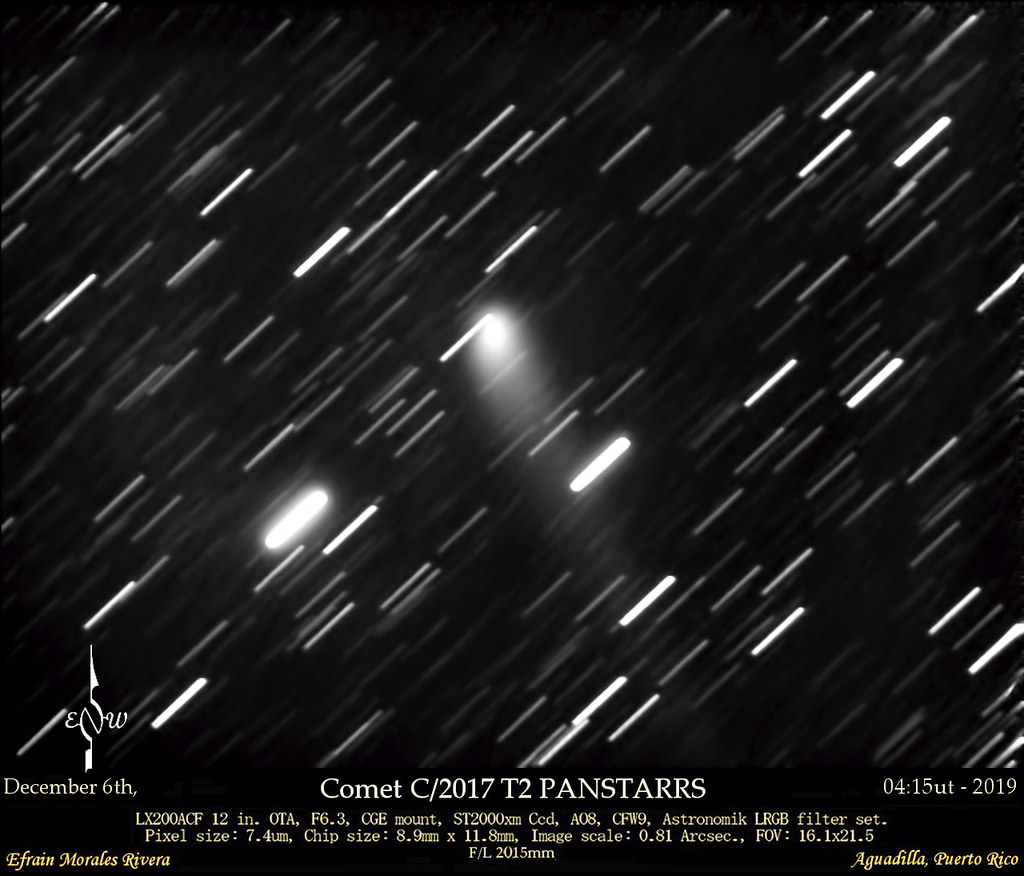Looking forward to the next bright comet in 2020 or beyond? You’re not alone. Though we’ve had a steady string of decent binocular comets over the past few years, we haven’t had a good naked eye comet since W3 Lovejoy beat solar death during its blistering perihelion passage in 2011. But this survivor turned out to be bashful, and headed for southern hemisphere skies… Comet P1 McNaught followed suit in 2007, hiding from northern hemisphere observers at its best. And we all remember what happened to Comet S1 ISON—touted as the next great ‘Comet of the Century’ on U.S. Thanksgiving Day 2013. Here it is almost 2020, and you have to go allll the way back nearly a quarter of a century to Hale-Bopp and Hyakutake to remember just how brilliant a good naked eye comet can be.
Unfortunately, 2020 prospects are slim when it comes to good comets, though a few binocular ones (comets brighter than +10th magnitude but fainter than +6 magnitude) are on tap. Keep in mind, this can always change with the appearance of an undiscovered, long-period comet headed our way. It does happen occasionally.
Here’s how prospects for cometary action currently breaks down for the coming year:
One wildcard worth watching out for is period comet 289P/Blanpain. This comet was discovered by French astronomer Jean-Jacques Blanpain from the Marseille Observatory two centuries ago, on the night of November 28th, 1819. The comet was lost on subsequent passages through the 19th and 20th century, earning it a ‘D’ (think ‘deceased’) designation until its recovery as asteroid WY25 in 2003. Further observations cinched its cometary nature due to the faint coma it displayed, and PanSTARRS witnessed an outburst which increased in brightness by 9 magnitudes in 2013. That’s an increase in brightness by 4,000 times, one of the largest increases ever seen, exceeded only by 17P/Holmes in 2007).
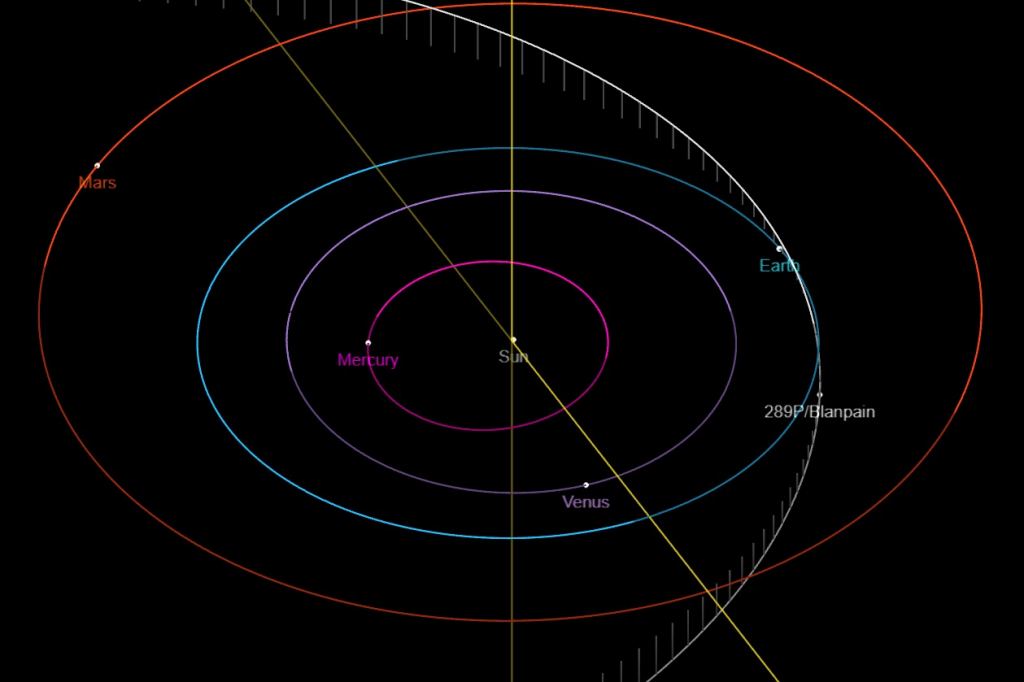
Orbiting the Sun once every 5.2 years, Blanpain will only be of interest if it produces another outburst. Blanpain reaches perihelion 0.891 Astronomical Units (1 AU equals 93 million miles) from the Sun on December 20th when it’s 0.18 AU from Earth, and is favorable through early January as it races northward through the constellations Pegasus, Andromeda and Cassiopeia.
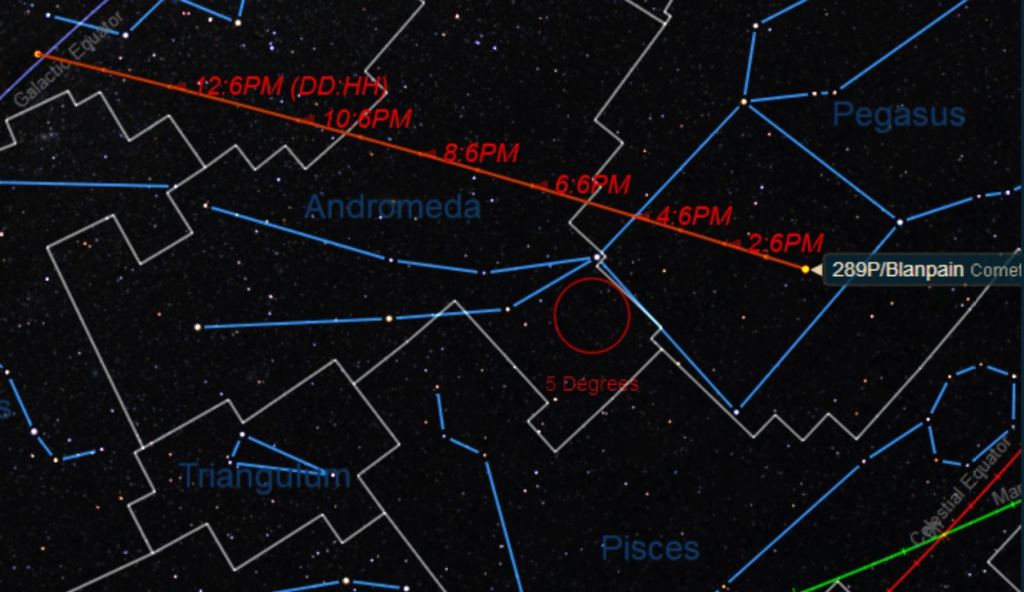
The comet is also the source of the faint Phoenicid meteor shower, which produced an outburst in 2019. Comet Blanpain passes 0.09 AU from Earth on January 11th, 2020, one of its closest passes for the 21st century. Currently, Blanpain is only at +18 magnitude, and expected to only reach a faint +15th magnitude. If, however, it pulls off another powerful nine magnitude outburst at just the right time post-perihelion, things could get interesting.
Comets to watch for in 2020 brighter than +10 magnitude
First, Comet 2017 T2 PanSTARRS may top out at +8th magnitude in the Spring. T2 PanSTARRS reaches perihelion on May 6th, 1.6 AU from the Sun. The comet passes 1.52 AU from Earth on New Year’s Eve 2019. At perihelion, T2 PanSTARRS will be moving just under a degree a day (twice the apparent diameter of a Full Moon) through the constellation of Ursa Major, the Great Bear. T2 PanSTARRS is on a just under 10,000 year long orbit. This will make T2 PanSTARRS a fine circumpolar object for northern hemisphere observers, during short summer evenings.
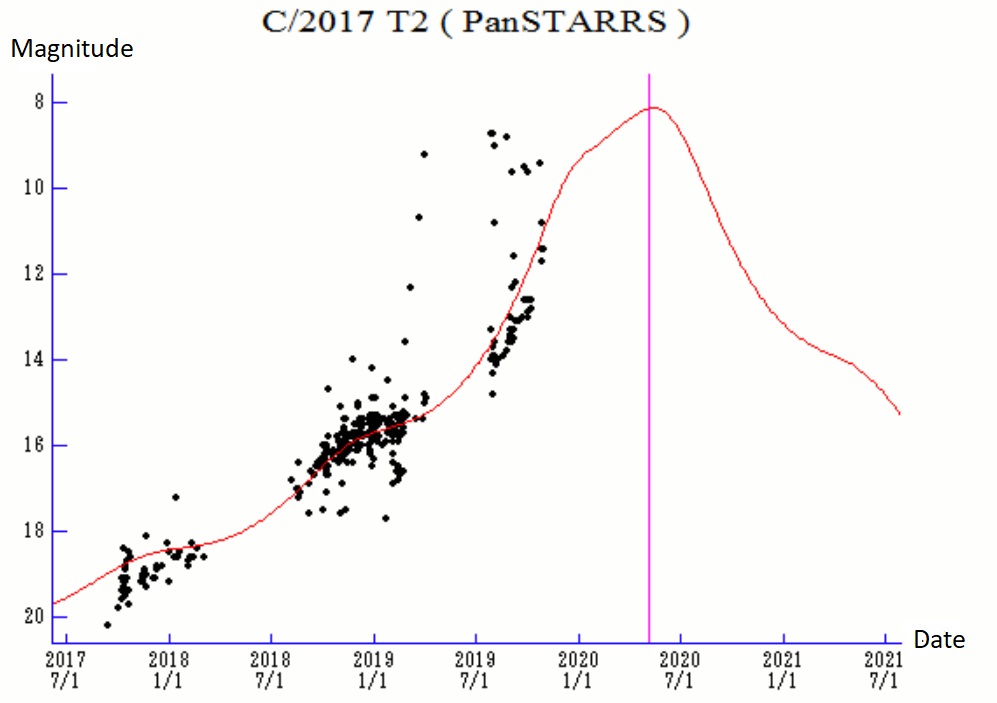
Next up, we may get a favorable apparition of periodic comet 88/P Howell in 2020. On a 5.5 year orbit, 88P/Howell will reach perihelion 1.4 AU from the Sun on September 26th, as it crosses the Libra-Scorpius border. At its best, 88P/Howell will top out at +9th magnitude. 88P/Howell was discovered by astronomer Ellen Howell on August 29, 1981. This apparition for Comet Howell will favor mid-equatorial to southern observers at dusk. Comet Howell is on the shortlist for a proposed New Frontier sample return mission laid out by the Johns Hopkins University of Applied Physics Laboratory (JHUAPL) dubbed the Comet Rendezvous, Sample Acquisition, Investigation and Return mission, or CORSAIR.
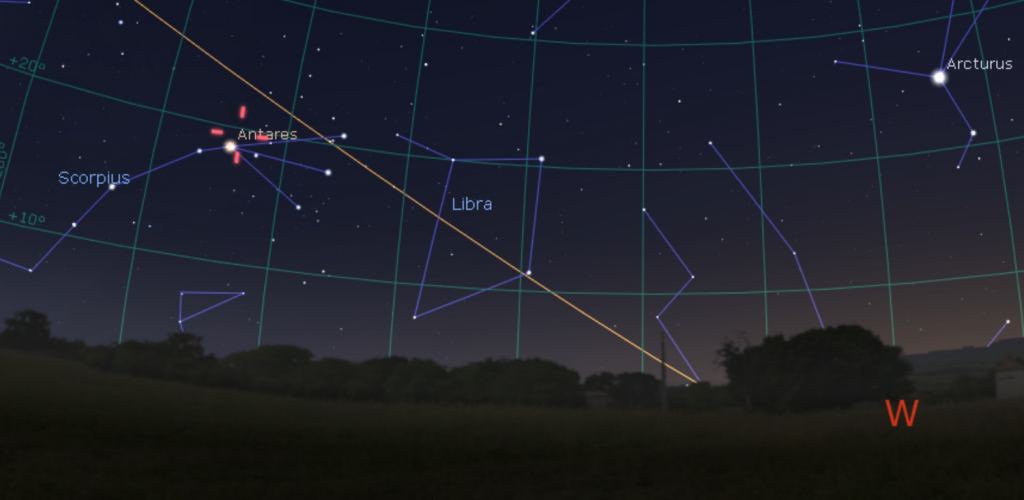
Finally, comet 2P/Encke reaches perihelion on June 25, 2020 reaching +8th magnitude as it crosses the constellation of Gemini the Twins. This apparition will see the comet riding high to the southeast at dawn, as seen from mid-northern latitudes. 2P/Encke has the shortest period of any known comet, at 3.3 years. 2P Encke is also the source of the November Taurid fireballs.
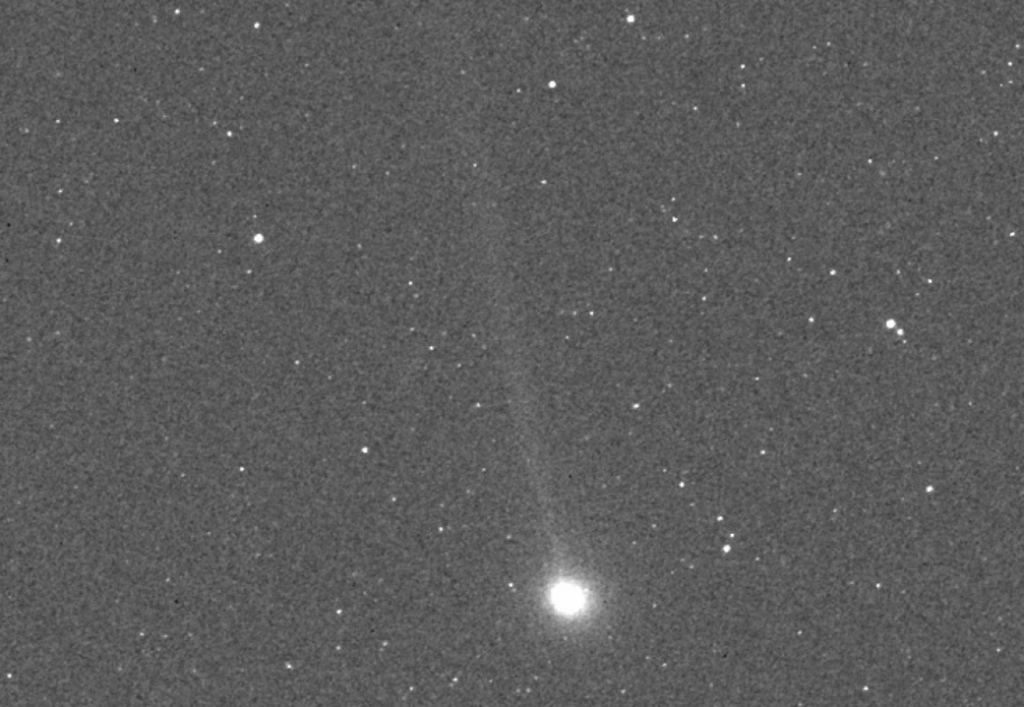
For sure, 2020 is shaping up to be a meager year for comets. But that could always change. Just take a look at the rollcall hall of fame for ‘Great Comets of Yore,’ stretching back over the past 70 plus years:
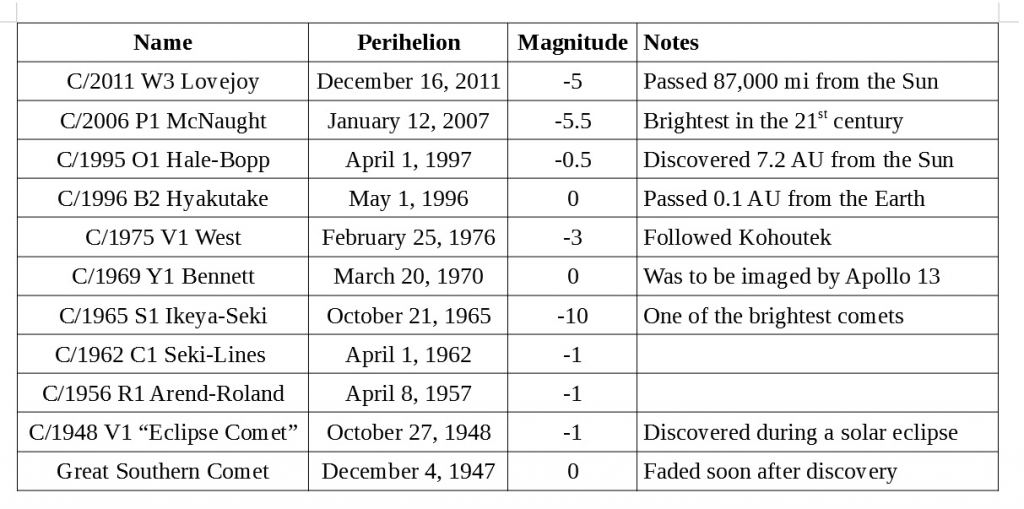
This was adapted from our ‘bright comets of the past century’ table from our book, The Universe Today’s Guide to Viewing the Cosmos.
Binoculars are your best bet for nabbing and following comets brighter than +10th magnitude… simply sweep the suspect field, and look for a fuzzy ‘patch’ looking like a globular cluster that stubbornly refuses to snap into focus. I always love to hunt down comets and show ‘em off at star parties, as their surprise appearance punctuates an otherwise predictable clockwork Universe.
There’s no bright ‘Comet of the Century’ on tap for the coming decade… yet. For now though, you can test your observing chops on these fine fuzzball comets. Whether it’s near or far in time and space, the next ‘big one’ is out there.

